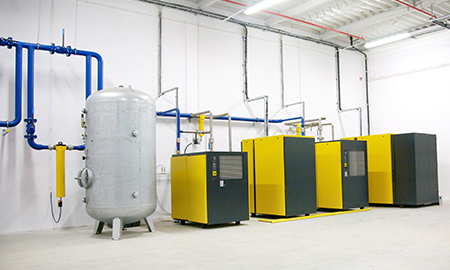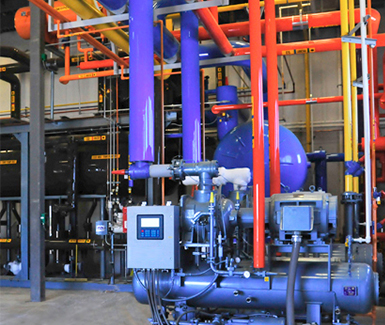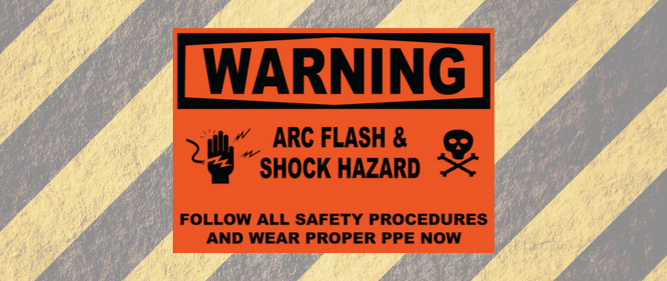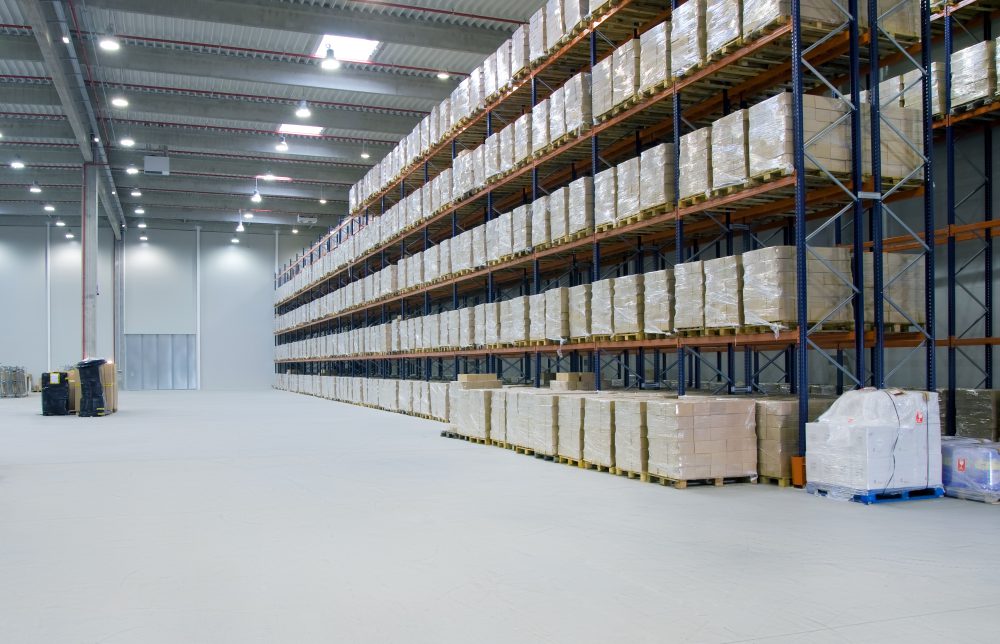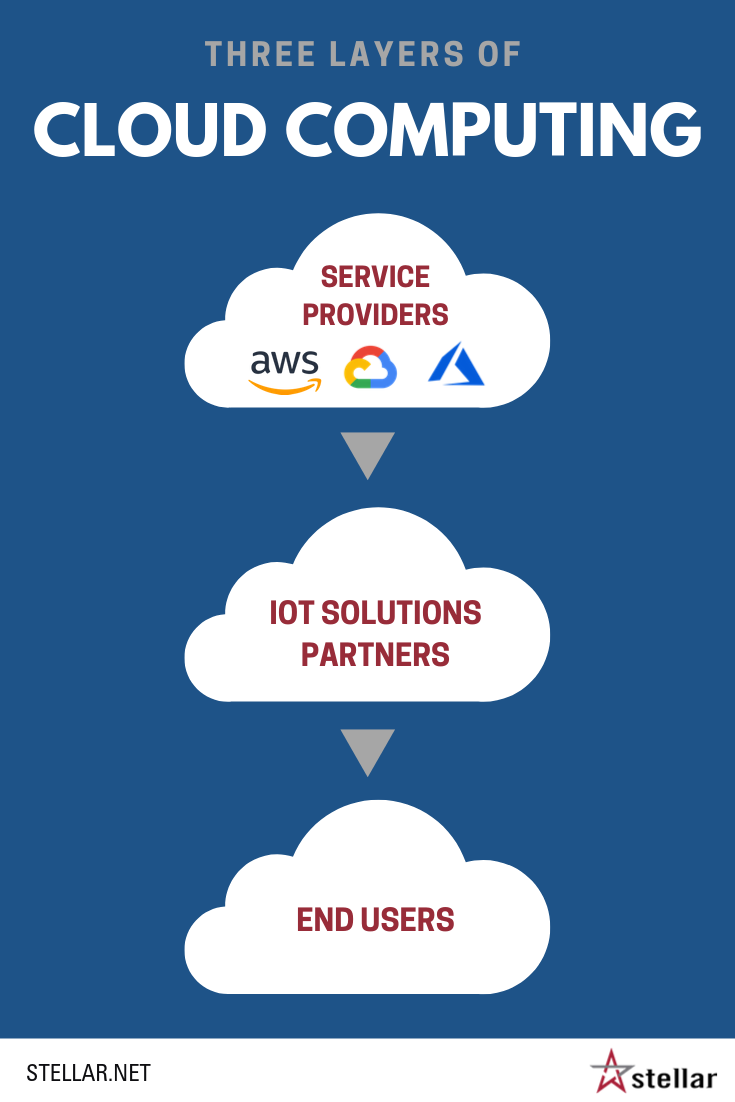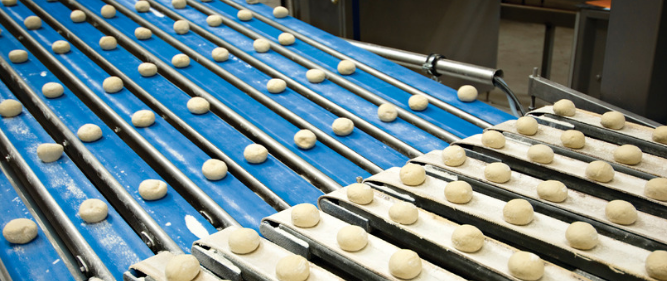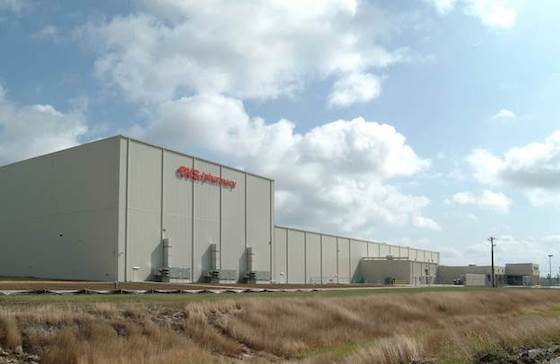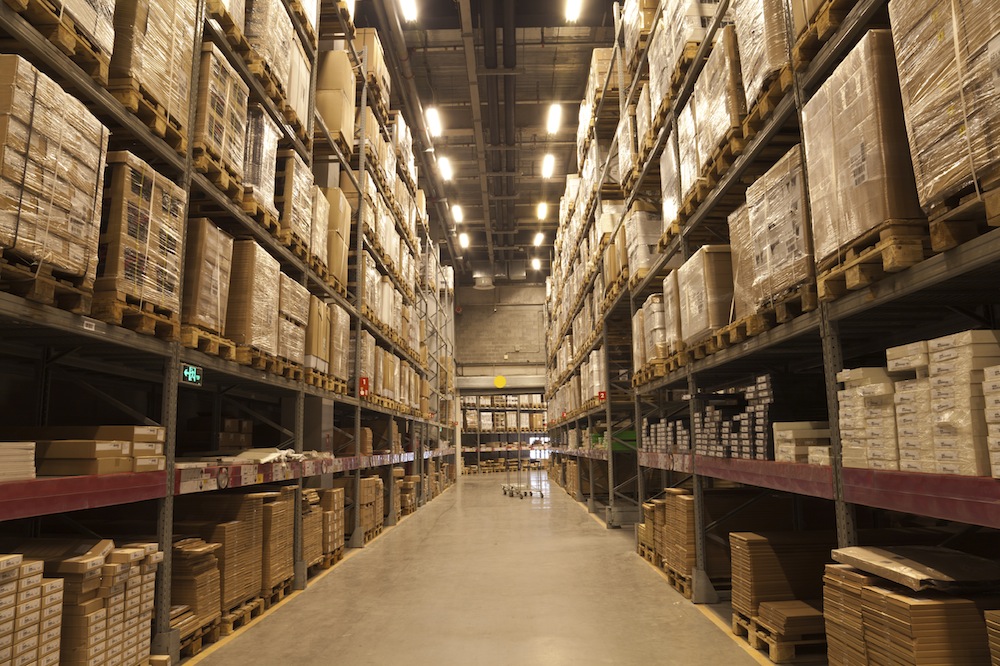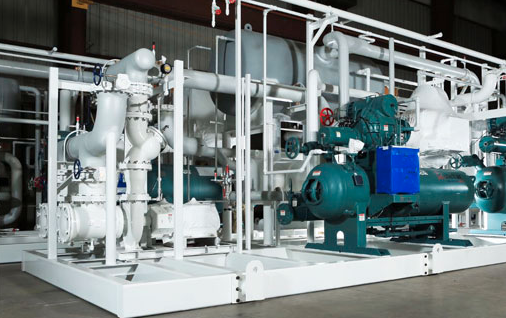Ammonia Refrigeration: Debunking 3 Myths
In previous blog posts, we’ve discussed that owners of hydrofluorocarbons (HFC) refrigeration systems have some decisions to make as R22 refrigerant is phased out and states take on regulations and enforcement.
Natural refrigerants, like CO2 or ammonia, are good alternatives, but they can sometimes get a bad rap. We’ve debunked some myths about CO2 before — now let’s look at ammonia.





